- Home
- Machining techniques
- CNC Machining Services
- Cooperative supply services
- Designs
- Materials
- Finishing Services
- Shop
- Products
- Guide
- About Us
- Contact Us
2023.2.28
Why do CNC machines have multiple axes, and how does this affect your product development goals? Modern CNC milling and turning centers are marvels of accuracy and precision, routinely making prototypes and finished parts with micron tolerances. In this guide, we’ll discuss how CNC machines are able to make complex shapes using multiple axes of travel, how these directions are defined, and what that means for your product development goals. CNC machines are often refered to by the number of axes of motion they’re capable of moving in such as 3-axis machine, 4-axis machine and 5-axis machine. We talk about the difference between them.
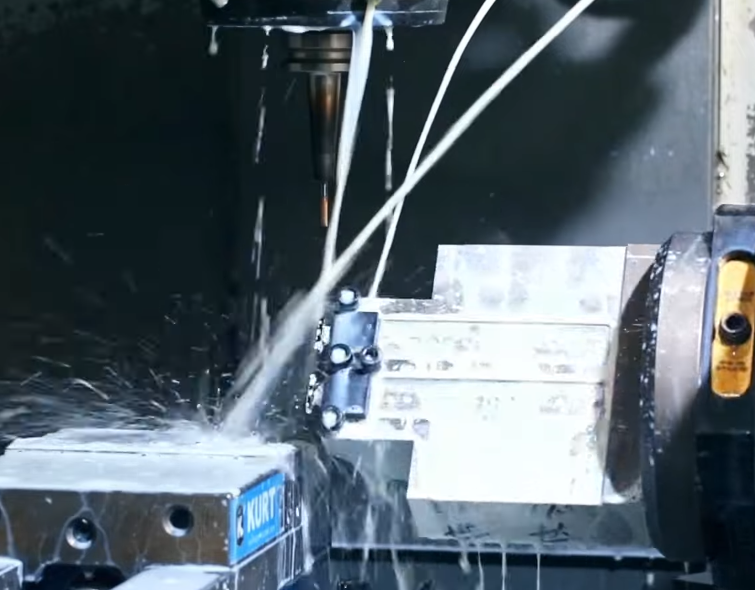
A 3-axis machine is capable of moving independently in three directions, not including the rotation of the spindle itself. Every axis of travel means an additional degree of freedom for the machine’s movement, and that translates into the ability to make more complex shapes. Perhaps even more importantly, multiple directions of travel allow the machinist to perform more processes without changing set-ups, and that can be a big savings in time and money. Using a mult-axis CNC milling center as a typical example.
How Does A CNC Machine Move?
For the machine to perform its job, the spindle that holds the cutting tool must be able to move along different cutting paths relative to the workpiece. Because these movements can be complex, machinists and programmers need to define these possible axes of motion using an agreed-upon coordinate system.
How do we determine which axis is which? Imagine you’re the operator facing the machine. From your reference point, the X axis is parallel to the front of your body, moving left to right. The Y axis is perpendicular to you, forward and back, while the Z axis is up and down. On this type of mill, the workpiece remains fixed to the work table, staying on the horizontal X~Y plane. Taken together, the range of these motions defines a 3-dimensional space inside of which the machine performs cutting operations.
What Is A 3-Axis Mill Used For?
We use 3-axis machines every day for a variety of milling operations. They’re great for fast and efficient material removal and for making flat or planar surfaces. These geometrical shapes are called prismatic, basically rectilinear, as opposed to more organic, rounded shapes. A 3-axis mill can make rounded profiles, but it’s not ideally suited for this task. 3-axis mills are commonly used to drill and tap holes, but only along the Z-axis. That’s because the spindle can only move up and down and cannot enter the workpiece from the side. This limitation can be overcome if the part is dismounted from the work table and then repositioned. This is acceptable if there’s no other choice, but then the workpiece must be re-indexed. That means using touch probes to establish a new reference point before machining can be restarted. That slows down production, and it creates the very real possibility of introducing dimensional errors. That’s why taking a part out of its fixture and repositioning it mid-way through a job is to be avoided as much as possible. A 3-axis mill can make circular features but only on the X/Y plane. Still, the relative simplicity of motion is fine for many projects that don’t require complexity and instead benefit from maximum part throughput and process efficiency.
Adding a 4th axis of motion opens many new machining possibilities. This is usually accomplished by adding rotary motion along the X axis, and this 4th axis is called “A”. The rotary table lets the machinist mount a part on one end and then rotate it to access the remaining sides of the workpiece. This avoids the problem of remounting and re-indexing as you would have on a 3-axis mill. Because the part is partially suspended – that is, not touching the surface of the worktable- it’s now possible to drill holes or other features that penetrate completely through a part. Most significantly, the rotation of the workpiece while it’s being machined helps to machine complex curves and contours. A part can even be turned as if on a lathe, creating cylindrical and spherical profiles. However, the 4-axis mill is not optimized for this type of operation and so it will be slower than if on a dedicated lathe.
Yet another degree of freedom can be added, this time along the Y-axis. Rotation around Y is called the B axis. To achieve five axes of freedom, a 3-axis mill can be retrofitted with a trunnion table. This is an auxiliary attachment that provides motion on the A and B axes. Taken together with the other capacities of a 3-axis mill, it’s now possible to make more sophisticated shapes such as helical rotors. These have complex compound curves in multiple directions that can only be done on a 5-axis machine.
However, there is a limitation to a 3-axis machine with a trunnion table. For one, a dedicated 5-axis machine is usually much more rigid. That’s because it must maintain accuracy even while moving in many directions simultaneously. This precision means closer tolerances even for relatively simple shapes. How Many Axes Are There? In the quest to make ever more sophisticated parts quickly and with minimal setups, CNC machining centers are greatly expanding their capacities. For example, there are now 12 axis machines that can move, every way you can think of. However, 5 axes of travel are usually enough for the majority of machined parts.
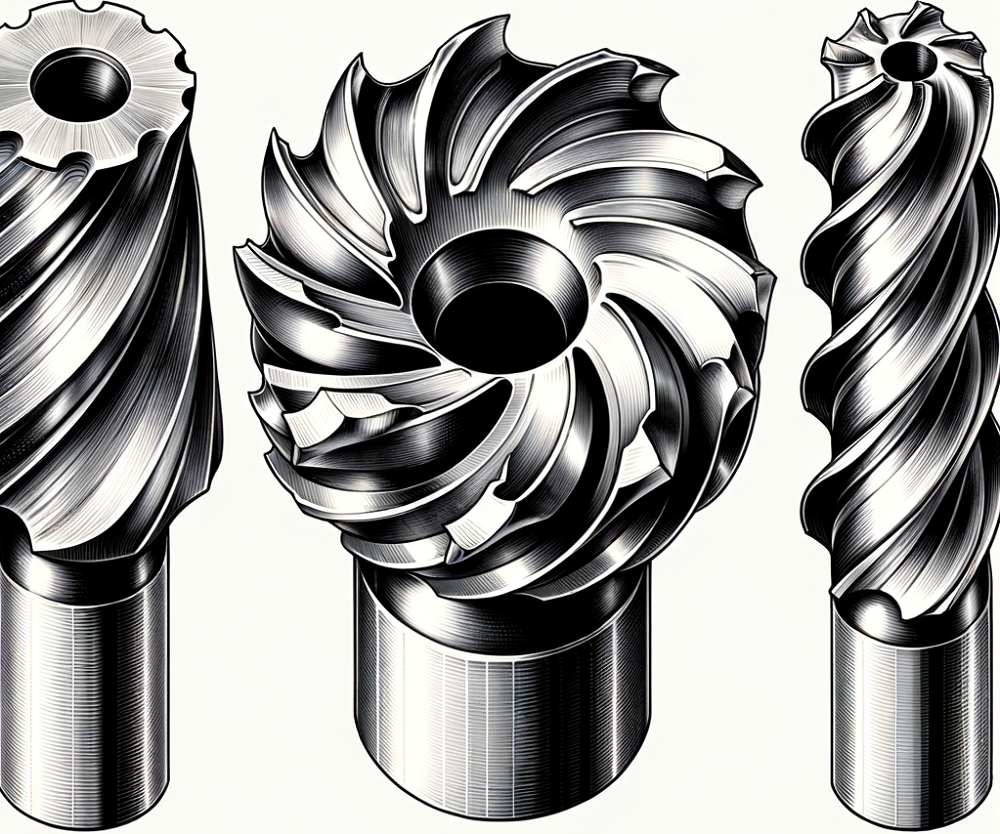 Face Mill vs Shell Mill vs End Mill Cutters: Differences & When To Use Each Milling Cutter?
Face Mill vs Shell Mill vs End Mill Cutters: Differences & When To Use Each Milling Cutter?
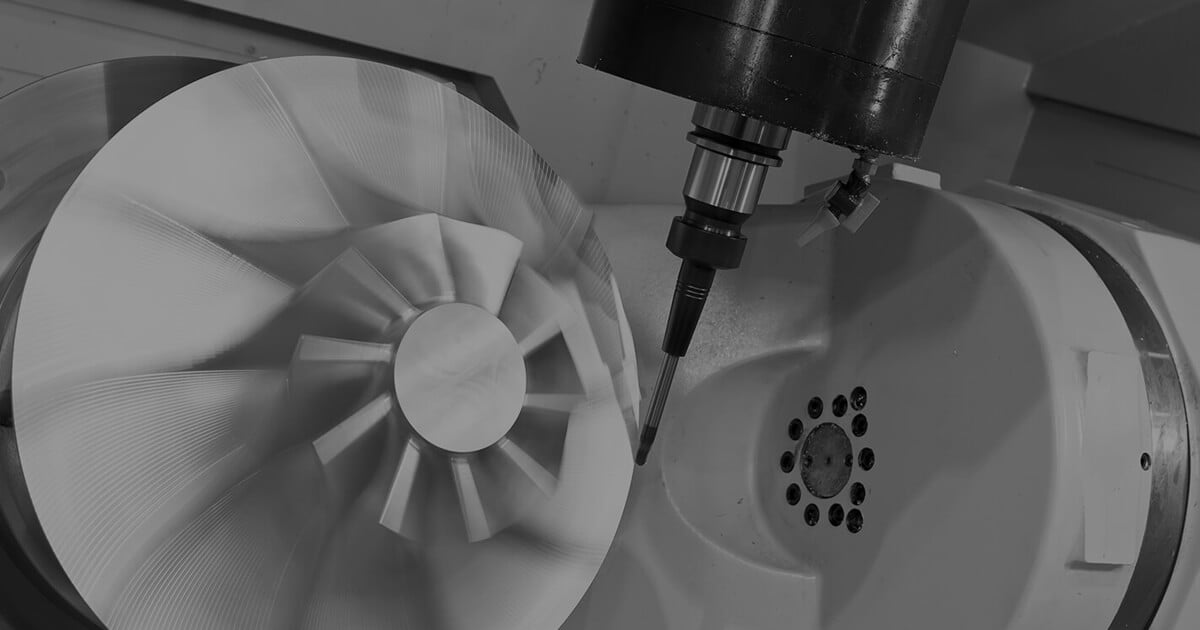 5 Axis CNC Machining – The Limitations And Benefits Of 3 & 5 Axis In CNC Machining
5 Axis CNC Machining – The Limitations And Benefits Of 3 & 5 Axis In CNC Machining
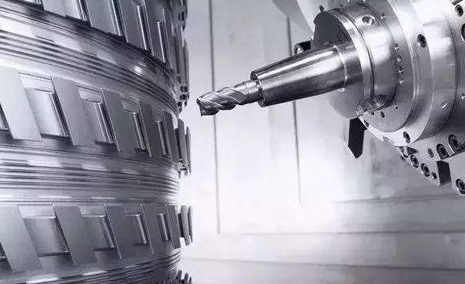 Types & Classification Of CNC Machine Tools | Basics Of CNC Machining
Types & Classification Of CNC Machine Tools | Basics Of CNC Machining
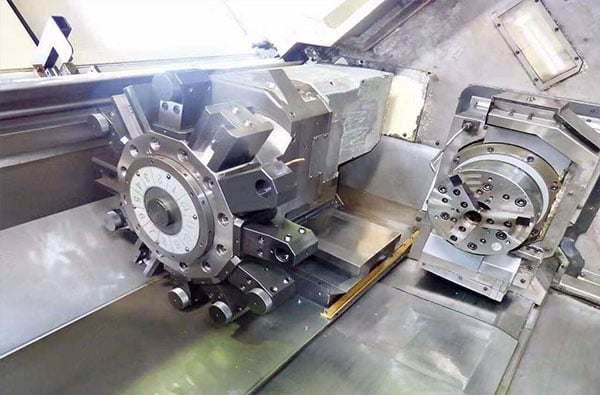 CNC Motion Control: What Are The Types Of Motion Control In CNC Machines?
CNC Motion Control: What Are The Types Of Motion Control In CNC Machines?
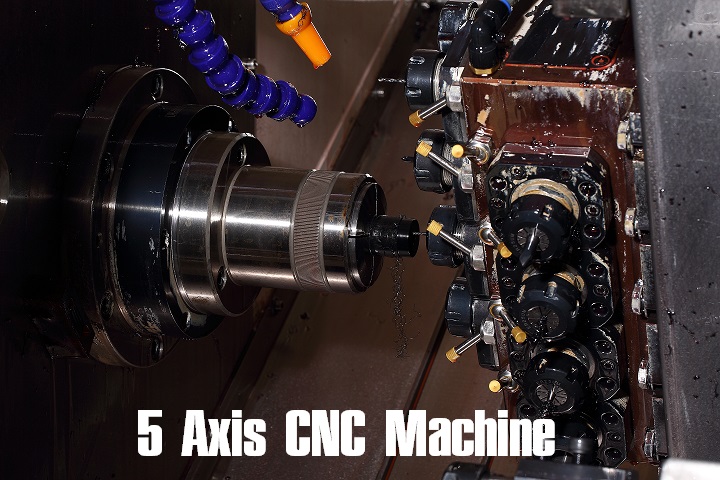 What is 5 Axis CNC Machine – 5-axis Machining Center Configurations, Price, Selection & Definition | CNCLATHING
What is 5 Axis CNC Machine – 5-axis Machining Center Configurations, Price, Selection & Definition | CNCLATHING
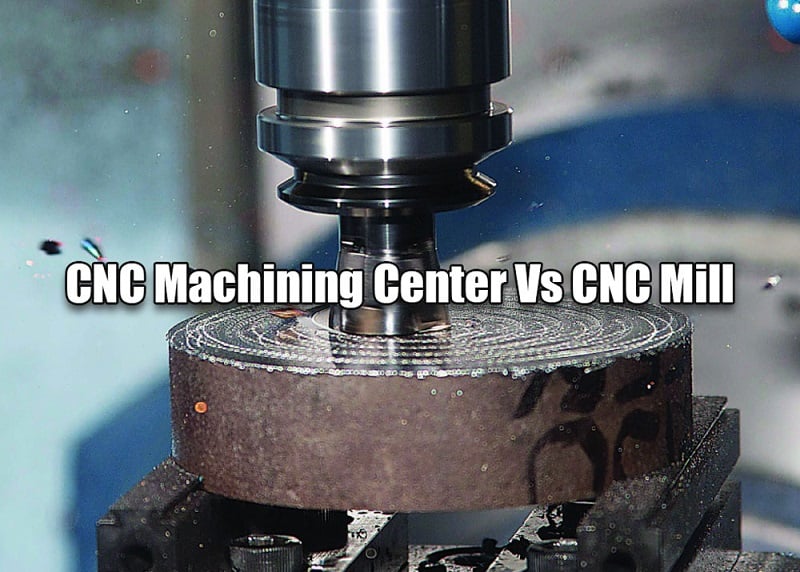 CNC Machining Center Vs CNC Mill – Difference Between Machining Center And Milling Machine In Programming
CNC Machining Center Vs CNC Mill – Difference Between Machining Center And Milling Machine In Programming
